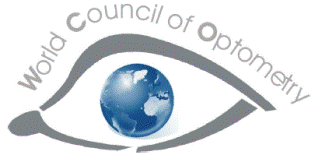
The World Council of Optometry’s Education Committee has developed curricular support elements to assist schools, colleges and universities intending to start or upgrade an optometry program, according to a WCO press release.
Just a couple of weeks ago, the Education Committee of the World Council of Optometry released a new curriculum support guide meant to enhance or offer program development assistance to various colleges and universities that offer optometry education programs. One of the core aspects of the new curriculum is a sort of raising of the bar when it comes to international standards of competency in the field.
“[Because] this document is comprehensive, not all programs will include all elements to the same extent often [dependent upon] the regulations governing optometry in the country of the program,” the guide reads. “This document considers the elements of the comprehensive eye examination and develops the curriculum content from the knowledge and skills that underpin each element.”
Part of what the guide attempts to do, is to provide a concrete outline of what various responsibilities of the optometry profession should look like, in a best case scenario. This includes patient management, specialized care, and a standard patient exam, among other aspects.
According to the curriculum guide, any optometrist’s comprehensive and standard eye examination should include the following elements:
- Case history
- Assessment of the form
- Condition and functionality of the anterior ocular adnexa, anterior segment, ocular media and posterior segment
- Assessment of the quality of the visual pathway and sensory visual function
- Assessment of refractive status and binocular and oculomotor function
- Assessment and prescription of spectacles and contact lenses
You can read even more about the full story here.
The full guide is also available on the WCO website here.

